What Causes Tooth Sensitivity to Cold and Hot?
Tooth sensitivity to cold and hot beverages can be an incredibly uncomfortable experience. This common dental issue affects many individuals, inhibiting their ability to enjoy everyday foods and drinks. Whether it's sipping on a refreshing iced tea or enjoying a hot cup of coffee, the sharp, sudden pain can be a constant reminder of an underlying dental problem. In this article, we'll delve into the causes behind tooth sensitivity to temperature extremes and explore ways to manage and prevent it. Understanding the triggers of this unpleasant sensation is the first step toward finding relief.
Dentin Exposure: The Primary Culprit
The primary cause of tooth sensitivity to cold and hot stimuli is the exposure of dentin. Dentin is the layer of tissue beneath the tooth enamel that contains microscopic tubules filled with nerve endings. When the enamel wears down, these tubules become exposed. Hot and cold temperatures can stimulate the nerve endings inside the dentin, leading to sharp pain. Several factors contribute to enamel erosion, including aggressive tooth brushing, consuming acidic foods and beverages, and even normal wear and tear over time. Regular dental check-ups can help monitor enamel health and catch early signs of wear.
Gum Recession and Its Impact
Gum recession exposes the roots of teeth, which aren't protected by enamel, causing increased sensitivity. When gums recede, the protective layer of dentin on the roots is left vulnerable. Several factors contribute to gum recession: periodontal diseases, aggressive brushing, inadequate oral hygiene, and tobacco use. Addressing gum health is crucial in managing sensitivity to temperature changes. Treatments like gum grafts can cover exposed roots and reduce sensitivity. Practicing gentle brushing techniques and maintaining a consistent oral hygiene routine are vital in preventing further gum recession.
Tooth Decay: A Hidden Trigger
Tooth decay can also prompt sensitivity to temperature, especially if the decay weakens the enamel. Cavities create areas of vulnerability where external stimuli can reach the nerves more easily. If left untreated, tooth decay can penetrate deeper into the tooth, causing more severe pain and discomfort. Regular dental visits aid in the early detection and management of cavities, helping to protect teeth from temperature sensitivity. Using fluoride toothpaste and reducing sugar intake can assist in preventing tooth decay, preserving both oral health and comfort.
Effects of Dental Procedures
Certain dental procedures, such as teeth whitening or restoration work, can temporarily increase tooth sensitivity. Whitening agents may penetrate the enamel, causing heightened sensations to hot and cold. Similarly, dental work that involves manipulating the structure of the tooth can lead to short-term sensitivity as the teeth adapt. It's essential to follow aftercare instructions provided by dental professionals after undergoing such procedures. Over-the-counter sensitivity toothpaste and avoiding extremely hot or cold foods can minimize discomfort during recovery.
Managing and Preventing Tooth Sensitivity
Effective management of tooth sensitivity involves a multipronged approach. Using toothpaste specifically designed for sensitive teeth can mitigate discomfort by blocking sensation from reaching the tooth nerves. Reducing the intake of acidic foods and beverages helps protect enamel from erosion. Additionally, maintaining a consistent oral hygiene routine with gentle brushing and flossing can prevent gum recession and tooth decay. For those experiencing persistent sensitivity, consulting a dental professional at Dentistry Toothtruth is recommended for personalized treatment options, such as fluoride treatments or sealants that shield exposed areas.
Conclusion: Taking Charge of Your Dental Health
In conclusion, understanding the causes of tooth sensitivity to cold and hot temperatures is crucial in finding relief and improving dental health. With factors like dentin exposure, gum recession, tooth decay, and certain dental procedures contributing to this problem, it is essential to adopt preventive measures and seek professional guidance when necessary. By implementing practical strategies and consulting experts, such as those at Dentistry Toothtruth, individuals can manage their sensitivity effectively. This proactive approach not only enhances the enjoyment of food and drinks but also contributes to overall oral well-being.


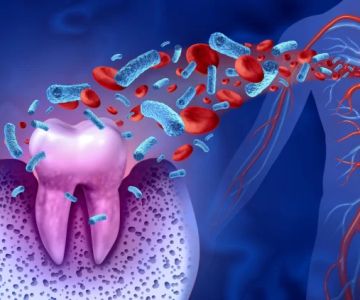
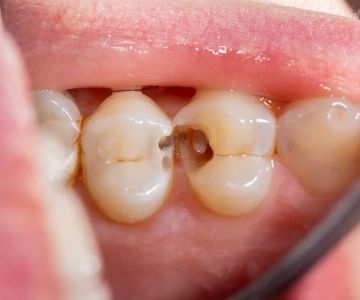
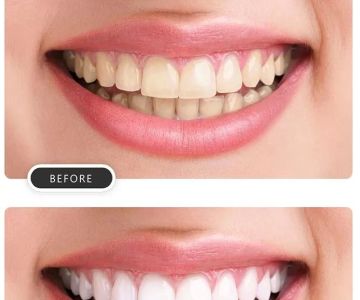
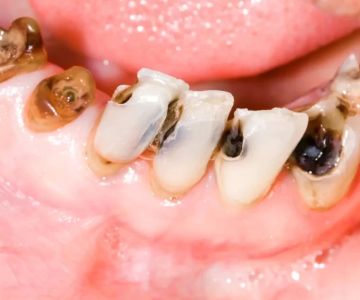
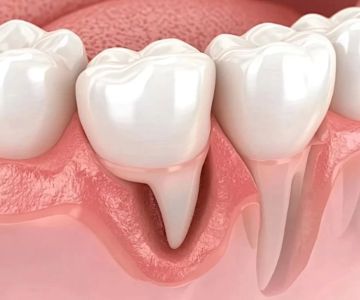
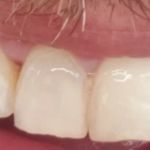 Maui Whitening Orlando4.0 (32 review)
Maui Whitening Orlando4.0 (32 review) Buena Park Smile Dental Group4.0 (37 review)
Buena Park Smile Dental Group4.0 (37 review) Mortenson Family Dental4.0 (451 review)
Mortenson Family Dental4.0 (451 review) Maple Drive Dentistry4.0 (207 review)
Maple Drive Dentistry4.0 (207 review) Don Swearingen5.0 (18 review)
Don Swearingen5.0 (18 review) Puntillo & Crane Orthodontics5.0 (125 review)
Puntillo & Crane Orthodontics5.0 (125 review) The Importance of Oral Health Education During Pregnancy for a Healthy Pregnancy
The Importance of Oral Health Education During Pregnancy for a Healthy Pregnancy Best Tips for Brushing Your Teeth Properly for Healthy Gums: Essential Techniques for Oral Health
Best Tips for Brushing Your Teeth Properly for Healthy Gums: Essential Techniques for Oral Health Why Skipping Dental Checkups Can Lead to Bigger Oral Health Problems
Why Skipping Dental Checkups Can Lead to Bigger Oral Health Problems Advantages of Porcelain Dental Restorations
Advantages of Porcelain Dental Restorations How Can Diabetes Cause Tooth and Gum Problems? Preventing and Managing Oral Health Issues
How Can Diabetes Cause Tooth and Gum Problems? Preventing and Managing Oral Health Issues Healthy Habits for Promoting Good Oral Health and Hygiene: Tips for a Healthy Smile
Healthy Habits for Promoting Good Oral Health and Hygiene: Tips for a Healthy Smile